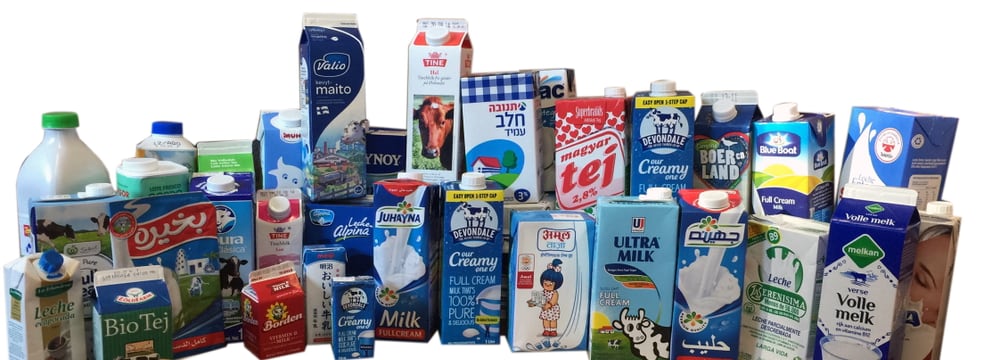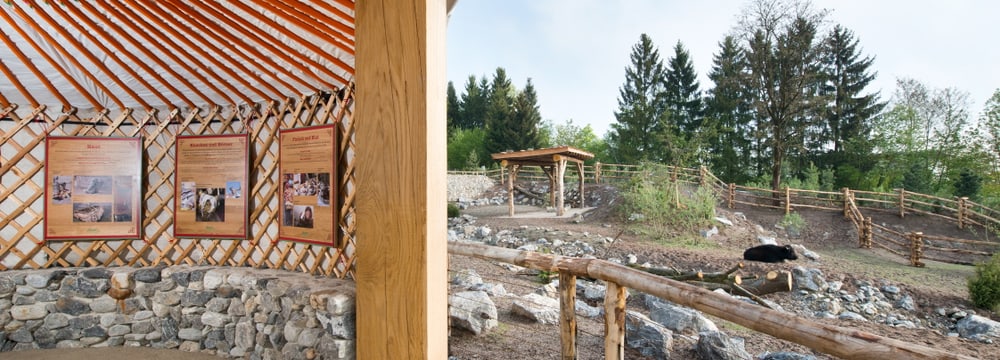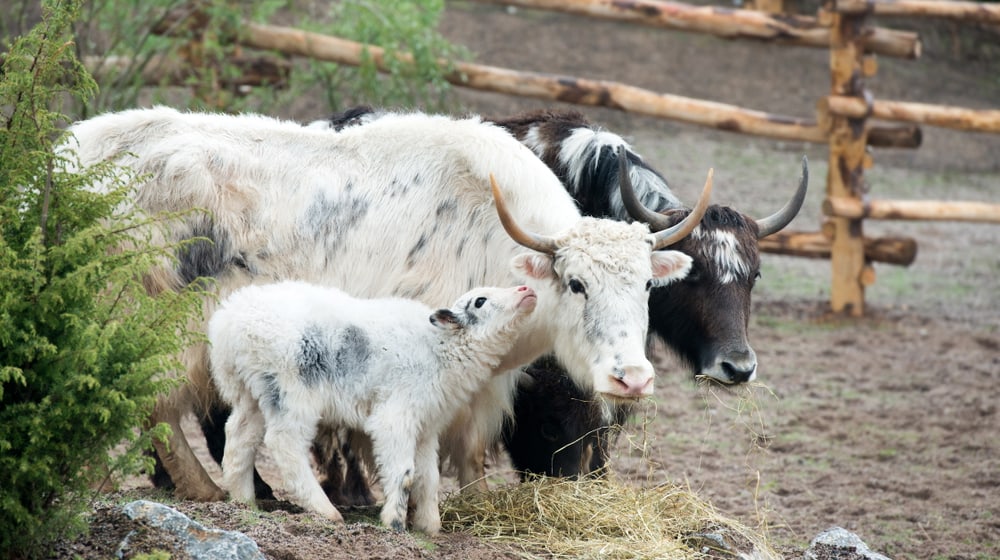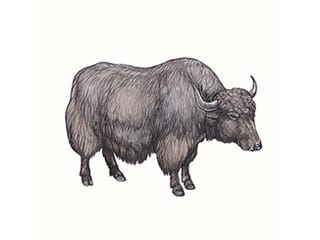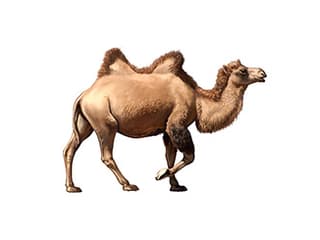No cheese without biodiversity
The content of the exhibition «No Cheese without Biodiversity» in the Mongolian Steppe is the importance of an intact biodiversity for the well-being of mankind. The exhibition shows that milk and cheese are also products of this diversity.
10,000 years ago, people in Europe began milking domesticated goats and sheep. 1500 years later, the aurochs was added. In colonial times, Europeans conquered new continents, bringing dairy farming to North America, Australia and New Zealand. Today, the Swiss, together with the Germans, Italians, Swedes, Kazakhs, Australians and New Zealanders, are the peoples with the largest per capita consumption of milk.
Independently of the European dairy culture, peoples in northern and western Africa and in the Middle East have learned to milk dromedaries as well as goats and sheep. Two-humped camels, yaks and horses have been milked in Central Asia for many thousands of years. The milking of zebus, wadussi cattle, water buffalo, donkeys, alpacas and reindeer is sometimes exotic. A reflection of these traditional dairy cultures is the lactose tolerance in the population. In the Congo, where traditionally animal milk was never consumed, the tolerance is only one percent. Among the African Tuareg, on the other hand, it is 87 percent. Thanks to an enzyme in the small intestine, they can digest fresh milk without any problems, just like 93 percent of the Swiss. An unmistakable sign of traditionally high milk consumption.
Milk is turned into yoghurt and cheese. Aaruul, a Mongolian curd cheese, acidified by bacteria and dried rock-hard thanks to sunlight, has an almost unlimited shelf life. In addition to lactic acid bacteria, many thousands of other species of bacteria and moulds are used to produce the more than 5000 types of cheese produced worldwide. Various ungulate species and an armada of bacteria and noble moulds thus make an invaluable contribution to feeding mankind: no cheese without biodiversity.
